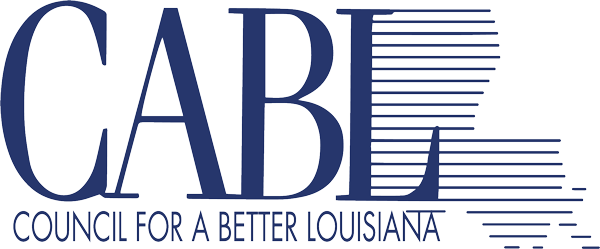
The headline in the Times-Picayune back in February said it all about the TOPS scholarship program: “How One Man’s Pet Project became a Louisiana Sacred Cow.” Indeed, over the years, even as costs soared and state budgets were cut, the TOPS program remained protected. Health services were cut and even higher education itself got hammered, but the free tuition program was never touched. Until now, that is.
This year lawmakers were only able to fund about 70-percent of TOPS. While they made sure students basically got their full award for the fall semester of 2016, they’ll be writing a pretty hefty check in the spring if nothing happens. That will be a rude awakening for many.
So, now that the unthinkable has finally occurred, perhaps it’s time to reconsider TOPS – not in the sense of getting rid of it, but to think about whether its current structure does what we want it to do. There are reasons for doing that:
- We’re Probably Not Going Back – All of a sudden, this sacred cow is not as sacred as it once was. When it’s always been fully funded, the pressure on lawmakers is to keep it that way. But once the dam breaks and they make the cuts, it’s so much easier to keep it that way to help balance the budget. For that reason, it’s hard to see the old level of funding return anytime in the foreseeable future.
- TOPS Funding Has Changed, Anyway – The days of fully-funding TOPS may be gone for another reason. This year the Legislature also passed a law that decouples TOPS from tuition. What that effectively means is that if tuition continues to rise – and the LSU System has already announced a tuition hike for next year – the increase won’t necessarily be covered by TOPS unless the Legislature comes up with extra money. That’s not likely to happen anytime soon.
- The Promise Has Changed – The original intent of Patrick Taylor, TOPS’ namesake, was to give needy students with a “B” average full coverage of their tuition. Later we extended that to all students with a grade point average as low as “C” and a 20 on the ACT. Now, at 70-percent of funding it will provide full tuition for no students – not those who are the most needy, nor those who are the highest performing.
What all this means is that in Louisiana’s new world order, the environment surrounding TOPS has changed – probably for the foreseeable future – and perhaps we should consider changes to TOPS, too. If it can’t be everything it once was, what is it we actually want it to be given the current constraints?
- Should high-performing students with “A”s take the same cut in TOPS support as lower-performing students with a “C” average?
- Are there some students who should get full tuition coverage despite the cuts?
- Should some component of TOPS be based on financial needs?
- Should academic eligibility requirements be revisited?
- Can we restructure the program in a way that benefits our top students, but also leverages dollars to ensure access to higher education for all students?
- Should TOPS place a greater focus on providing incentives for students to consider community colleges?
CABL is not trying to answer those questions in any particular way, but we do think those are things that need to be asked. We will continue to explore those ideas in the weeks ahead because this is an important discussion we need to have and it’s the right time to have it.
For years TOPS was the most generous program of its kind that touched as many students as it did. It’s been expensive, but it provided a tremendous benefit for thousands of families. That benefit has changed, now. In light of that, it only makes sense for Louisiana to look at TOPS though this new lens and make sure that whatever it is we want TOPS to accomplish for our state, it’s able to do.
